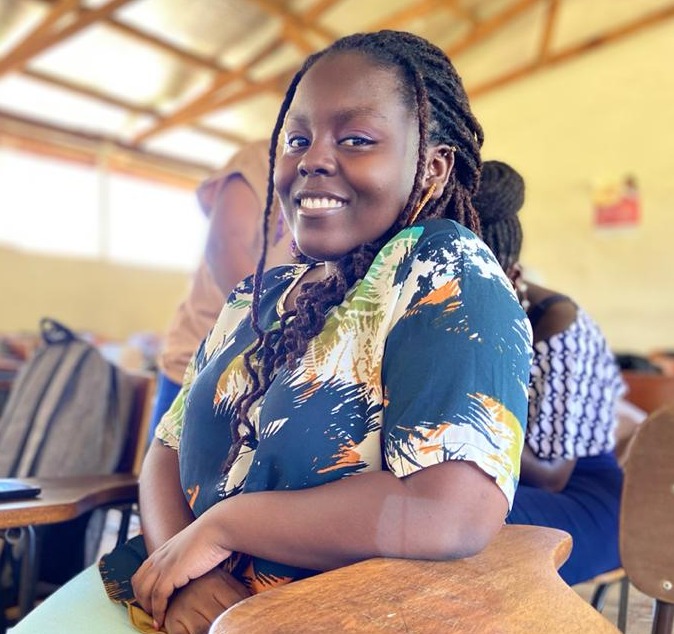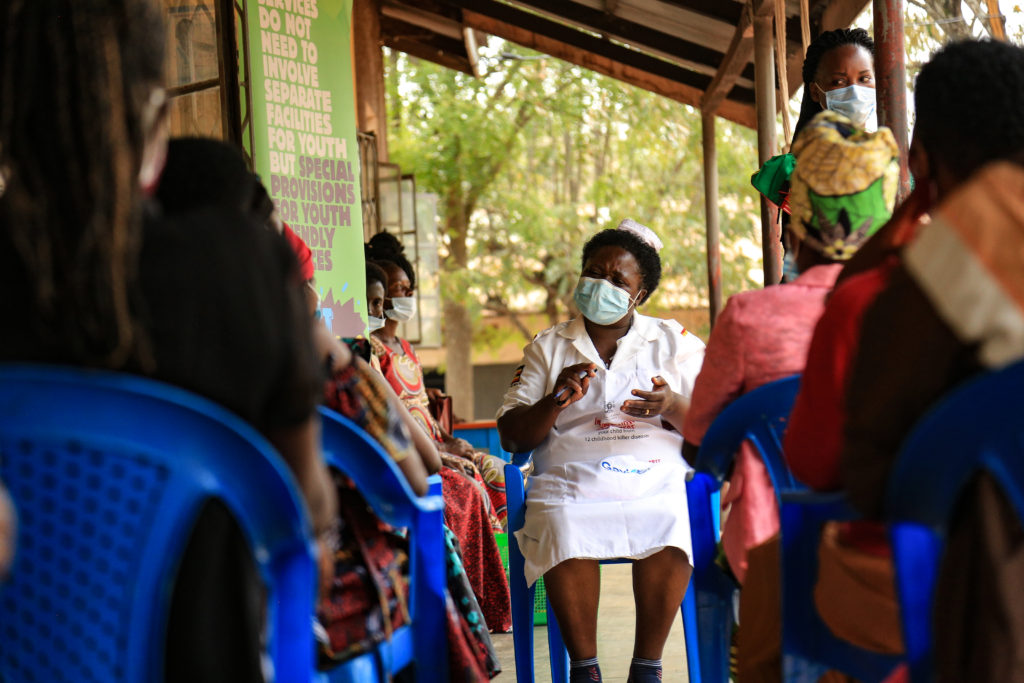
BACKGROUND
In 2020, there were roughly 37.6 million HIV-positive people on the planet. There were 35.9 million adults and 1.7 million children (15 years old) among them. In 2020, an estimated 1.5 million people worldwide will have contracted HIV, according to UNAIDS Global statistics.
More than half of new HIV infections are thought to occur in young people aged 15 to 24, and up to a third of those living with HIV/AIDS are aged 25 or younger.[1] In Sub-Saharan Africa, young people are disproportionately affected by the HIV/AIDS epidemic. HIV prevalence is over three times greater in young Ugandans aged 20-24 than in those aged 15-19, according to a Uganda population-based HIV impact assessment.[2] Females aged 15 to 24 have a nearly three-fold greater HIV prevalence than males.[3]
Young people are a unique demographic that is migrating from infancy to maturity, and this change may be linked to greater interest and exploration of new sexual and other behaviors, such as alcohol usage.
According to the 2020 People’s voice COP21 report, the disease affects 1.4 million Ugandans and according to the research, Kalangala District has the country’s highest HIV/AIDS prevalence (18%) followed by Kabarole (14%), which is significantly higher than the national rate of 6%.
According to Katherine Kemigabo, a health educator in Kabarole District, 14 out of every 100 people tested are positive among young people aged 15 to 34, and the percentage is very high in young people aged 10 to 24 years old. In addition, girls have a greater prevalence rate than boys. Annually, 53,000 new cases are reported in Uganda, according to the UNAIDS statistics.
The Covid19 pandemic, of course, exacerbated the problem because access to health centers was restricted by a government edict prohibiting mobility. During the pandemic, young individuals were unable to obtain ARVs or contraception measures such as condoms. According to Resty Balinda, the Kabarole district’s secretary for health and education, the lockdown required young people to spend most of their time at home, where young girls were vulnerable to being persuaded into sexual activities by older men. Rape and degradation have been perpetrated against several of them as evidenced by the 2020 police annual crime report, and the reports of surging teenage pregnancies all over the country. In Kabarole alone, over 2800 teenage pregnancies occurred between January 2020 and June 2021 (District Health Information System)
During the same time period, rising poverty levels put an already disadvantaged population at risk. Many young individuals have been forced to engage in intergenerational sex in exchange for benefits such as money, clothes, and other items. As a result, their bargaining power to commence safe sex was severely weakened. Young people who sought aid from health institutions were stigmatized by both health personnel and elders in their communities. They refused to seek crucial information and suffer in silence for fear of being judged.
According to the same source, “HIV/AIDS has been in the news for over 40 years, and we should be able to accept it, as well as support individuals who have come forward to say they are positive. Some HIV-positive young females go from village to village in search of young men to support them, infecting them with HIV/AIDS in the process”.
Kasangaki, an HIV AIDs campaigner in the area, is an example of positive living since, despite having been defiled at the age of 9 by an HIV positive soldier and catching the virus, she has managed to have three HIV-negative children and is married to an HIV-negative partner.
According to Richard Rwabuhinga, district chairperson of Kabarole district, a clear-cut program on sex and sexuality issues is required. Prevention is and has always been the message to young people. Abstinence, using condoms and waiting until the first date of their marriage.
To deal with the covid-19’s collateral harm, more innovative, adaptive, decentralized, community-based care should be implemented. Adapting to the individual’s needs and expectations is increasingly recognized as critical to successful HIV care, especially in a pandemic. Multi-month ART prescriptions for stable patients are one such solution already proposed by WHO in response to COVID-19. Ongoing HIV care, on the other hand, will necessitate proactive measures by HIV services, backed by substantial government financing and donor support. Adaptations to service delivery, such as telemedicine, must be implemented to ensure that clients have access to critical care throughout protracted periods of unemployment.

In the event of an emergency, hotlines with mobile credit allowance or toll-free numbers should be established. Because less than half of Uganda’s population has a mobile phone, simple handsets or access to a shared community phone should be made available. Issuing a global HIV passport that allows clients to receive medication at any clinic would avoid unintended ART interruption for people who have returned to rural regions.
There should be a greater level of community involvement; many HIV programs, for example, have community advisory committees made up of patient advocates, religious leaders, and other community leaders. During these trying times, existing community networks, social media, radio, and television should be used to spread important public health messages about COVID-19 prevention and HIV care, such as HIV testing, adherence to antiretroviral therapy, and encourage young people to seek medical help when they need it, even during lockdown periods.
The healthcare system must also be strengthened. Although Uganda has effective vertical health programs such as HIV/AIDS, tuberculosis, and malaria control, pandemics swiftly highlight a lack of horizontal integration and shaky healthcare infrastructure. 13. COVID-19 will ideally serve as a wake-up call to Uganda’s government, donors, and policymakers, urging them to invest in upgrading the country’s healthcare system so that important HIV care may continue despite the pandemic’s increased challenges. This should involve greater nursing, medical, and auxiliary healthcare worker training and retention, as well as assuring adequate pharmaceutical and diagnostic supplies.
Failure to recognize the present pandemic’s potential impact on Uganda’s and other Sub-Saharan African countries’ HIV care continuums could result in a massive increase in HIV transmission and fatalities in the months and years ahead. Furthermore, rising global mobility, urbanization, and changes in land use make future pandemics all but certain. HIV service providers, policymakers, and governments in Sub-Saharan Africa must act quickly to develop innovative, long-term, and successful solutions to avoid “going back in time” in HIV care and to mitigate COVID-19’s collateral damage on the HIV care continuum.
[1]Joint United Nations Programme on HIV/AIDS. Report on the Global Acquired Immunodeficiency Syndrome Epidemic. UNAIDS. 2008.
[2] Ministry of Health (MoH). Uganda Population-Based HIV Impact Assessment (UPHIA) 2016-2017. MOH Uganda. 2017
[3] Mafigiri R, Matovu JK, Makumbi FE, Ndyanabo A, Nabukalu D, Sakor M et al. HIV prevalence and uptake of HIV/AIDS services among youths (15-24 years) in fishing and neighboring communities of Kasensero, Rakai District, south western Uganda. BMC public health. 2017;17(1):251
Your Reaction